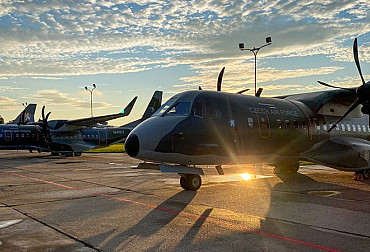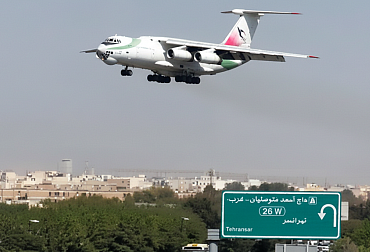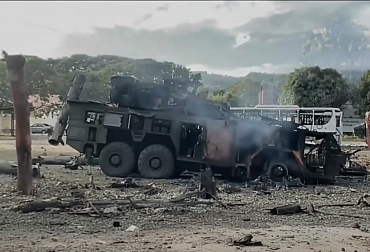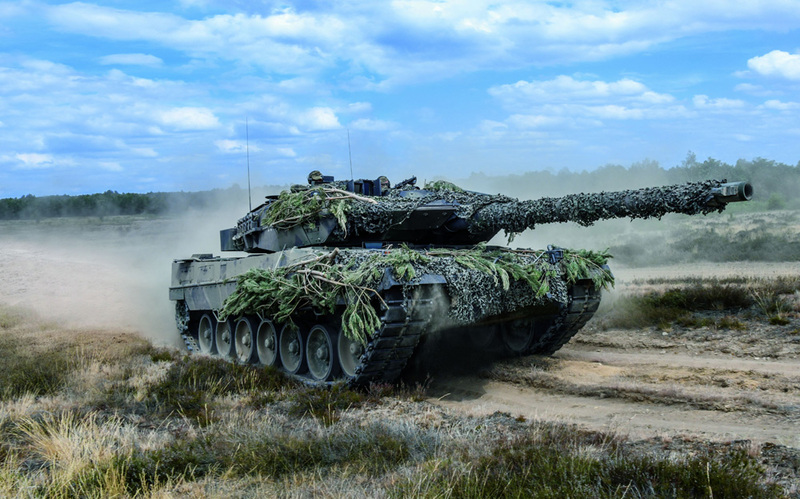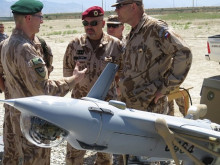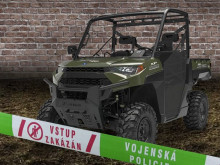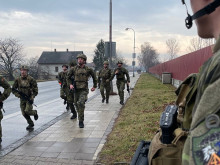Tanks for the Czech Army - an example of the need for a conceptual approach
In recent weeks, more and more detailed information has been coming out about the preliminary agreement between the Czech Republic and Germany on armaments cooperation regarding tanks. The Czech Republic, as a leader of the assistance to Ukraine invaded by Russia, is negotiating with the German government to provide older Leopard 2 A4 tanks (15 units) free of charge (replacing tanks donated by the Czech Republic to Ukraine) and to jointly purchase state-of-the-art Leopard 2 A7+ tanks up to a total of 50 units (there may be as few as 40). It is the total number of new tanks that raises questions, as we would need at least 100 for a peacetime and wartime army.
The Czech Republic has needed for many years to replace the old T-72 and T-72M4 CZ tanks, where the big disadvantage is that the crew practically sits over the ammunition magazine, so that in case of a hit the tank and the whole crew are lost. The ammunition simply explodes and the whole crew with it, as we are often witnessing in the current conflict in Ukraine. The Czech upgrade of the T-72M4 CZ was originally planned for much larger numbers. In the mid-1990s, the Czech Army planned to modernize over 300 Soviet T-72 tanks, with 19 billion crowns to be invested in the project. However, under the pressure of low defence spending, the Ministry of Defence gradually cut the number of tanks to be modernised, until finally only 30 T-72 tanks were ordered to be upgraded to the T-72M4 CZ version. The rest of the T-72 tanks remained in their original condition from the late 1980s (one of the key unmodernised components is the fire control system). Even so, the Czech Armed Forces had about 200 tanks at that time, which was a sufficient number for the peacetime army, the wartime army (into which the peacetime army has to develop, i.e. mobilise a few more brigades) and for replacing expected losses. Let's remember that a wartime army should have one full tank brigade.
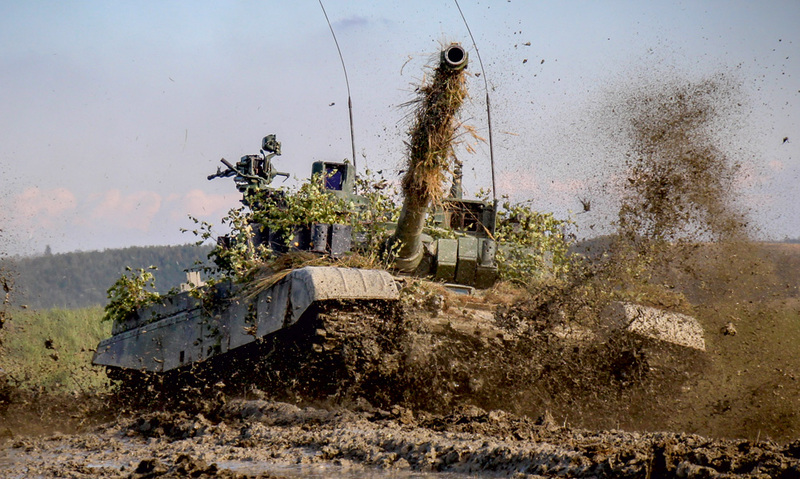 Picture: T-72M4 CZ | mjr. Ladislav Kabát
Picture: T-72M4 CZ | mjr. Ladislav Kabát
A tank is practically a consumable commodity on the battlefield. Thus, in an intense conflict, it is necessary to reckon with one-third casualties, see e.g. the available figures from the tank battle of Kursk in World War II or the recent experience of fighting in Ukraine, which is mainly due to the development of highly effective portable anti-tank systems such as the Javelin.
The Czech peacekeeping army today has one tank battalion, which includes a tank company of Active Reserve, which should, among other things, develop the peacekeeping army into a war army, which is several times larger than the current army of 20,000. We are talking about 60 tanks (but far fewer are fully operational) that are currently in use. There are then another 150 or so T-72 tanks in inventory just to equip the wartime army and preserve the ability to replace losses.
The intention to purchase about 50 Leopard 2 tanks does not address the real military needs of the Czech Republic. We need at least 100 tanks for the peacetime and wartime army, including the determination of how the Czech Armed Forces will have another 50-100 tanks available within 4-6 months in the event of a threat of war. This is also because the Czech Republic needs a larger peacekeeping and war army in the future. I have written about this before in my article Army construction needs a clear goal and a proper budget.
If the number of 100 tanks for the Czech peacetime or wartime army, including the provision of rapid replenishment with up to 100 more tanks in the event of a threat of war, seems inadequate, look at Finland. This nation of five million has today a peacetime army of over twenty thousand professional soldiers, but every spring it trains about twenty thousand new conscripts and every autumn about twenty thousand active reservists. The Finnish army is thus able to grow rapidly, if necessary, into a wartime army of up to 280,000 soldiers and then up to about 900,000 personnel. Finland has 239 tanks at its disposal.
It is disadvantageous to provide less than 100 tanks or not to contract rapid additional tank production for two basic reasons. If it then comes to the need to actually have a higher number of tanks, the MoD will have to re-address the acquisition process, which is at least a year's loss, and subsequent production will then take at least another 2 years. In addition, buying a larger quantity at one time always results in a better price, so buying in bits and pieces is also uneconomical. Above all, however, if there is some dangerous situation for the Czech Republic, it will have enough tanks in time. The Russian attack on Ukraine has clearly shown that from the first visible activities to the launch of the actual attack, 3-4 months at most have passed.
In the case of tanks, we could therefore conclude the armament project with a contract for the target required number of about 100 units for the peacetime army and supplies for the wartime army. Additional tanks could then be procured through a reservation system from industrial manufacturers. Then the armaments section of the Ministry of Defence will not be overwhelmed by repeated purchases of the same thing and the army will have what the defence of the Czech Republic requires in time. With well-arranged industrial cooperation, which in the case of the Leopard 2 project seems to be the right concept, then the Czech Republic will have a good potential to continuously replenish or even increase the number of tanks if necessary. Such a system adequately anchors the Czech private defence industry into the national security and defence system.
The decision to move away from the T-72 tank is the right one. The need for modern tanks is obvious, and besides the Leopard 2 tanks, the only alternative that was practically possible was the M1A2 Abrams tank, where we cannot expect the necessary industrial cooperation. A modern army cannot do without tanks on the battlefield. But a modern army also needs modern tanks to be embedded in and thus protected by the entire C4ISTAR (Command, Control, Communication, Computer, Intelligence, Surveillance, Target Acquisition, Reconnaissance) system. This will ensure that tank crews know about the enemy before he knows about them and can therefore launch an effective fight with as few casualties as possible. Therefore, a conceptual approach to both the purchase of new tanks and all other projects aimed at developing the capabilities of the Czech Army is necessary. Thus, the Czech Republic urgently needs a new concept of army construction, which should be one of the priority objectives of the new Chief of General Staff.











